Milan-Based Filipino Designer Pays Tribute to Our Ancestors
Posted on 06 February 2021
By Mye Mulingtapang

Milan-based fashion designer and stylist Lionell Christian Lanuzo recreated in his new creation our “grandly decked out” ancestors 500 years ago. This was his contribution to the country’s 2021 Quincentennial Commemorations in the Philippines (2021 QCP) which will begin on 16 March and end on 28 October 2021. The highlight of the commemorations is the thirty-four quincentennial milestones associated with the 500th anniversary of the Philippine part in the first circumnavigation of the world; the D-Day of which is the 500th anniversary of the Victory at Mactan on 27 April 2021.

The 32-year-old San Fernando, Pampanga-born fashion designer drew inspiration from the documentation of Italian Antonio Pigafetta, the chronicler of the Magellan-Elcano expedition that first circumnavigated the planet. Pigafetta described one of the rajahs from Butuan and Calaghan 500 years ago as “very grandly decked out… [according] to their customs… and the finest looking man that we saw among those people.” The chronicler continued that the ruler was “tawny and tattooed all over,” “had a covering of silk on his head,” and “wore two large golden earrings fastened in his ears.” Identified in the chronicle as Rajah Siaui, he “wore a cotton cloth all embroidered with silk, which covered him from the waist to the knees…” and “[at] his side hung a dagger, the haft of which was somewhat long and all of gold, and its scabbard of carved wood.”
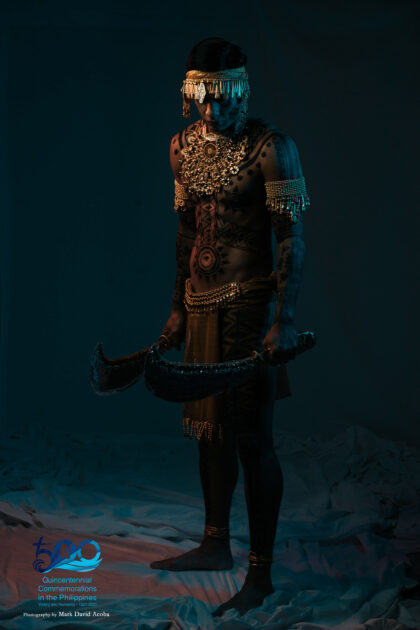
Away from home as the country celebrates the quincentennial, Lanuzo gathered his fellow talented Filipinos to recreate the rajah from five centuries ago. “We retrace our steps, imprints of geological origins, ties, and roots, a rebirth into a new social status of Filipinos,” he said. Photos were taken by photographers Mark David Acoba and Frank Galang, which, for them, was a way of “tracing Filipino heritage and defining the Filipino in a foreign land.” Simone Rota, a noted Filipino footballer now living in Milan, served as a model.
Lionell Christian Lanuzo’s Quincentennial Creation | Pintados
Milan-based fashion designer and stylist Lionell Christian Lanuzo recreated in his new creation our “grandly decked out” ancestors 500 years ago. This was hi…
Lanuzo and professional makeup artist Monique Cruz donned Rota with intricate body painting based on the ancient Visayan patik or tattoo patterns of the warriors and leaders in the 16th-century Boxer Codex. “Tattoos have meaningful symbols that tell one his or her accomplishments in battles,” Lanuzo said. “Each line, design, pattern, and imagery is a defining mark of our antiquity.”

For Lanuzo and his team, recreating a historic figure from 500 years ago is also a celebration of the vestiges of the way of life of our ancestors that is still alive among our indigenous peoples, especially the tattooing and handweaving heritage. “They are a connection and affirmation to the tradition and heritage of the brave indigenous tribes, ferocious warriors, with a culture that has its roots in animism,” Lanuzo noted. “Tattoos have always represented a way to communicate and spread values within society, an important rite of passage, proof of development and change, a symbol of growth and resilience even under the suppression of colonial rule.” Tattooing is also symbolic of Lapulapu, the one who defied the Spanish king in Asia and led his warrior in repelling the forces of Ferdinand Magellan in the Battle of Mactan on 27 April 1521.
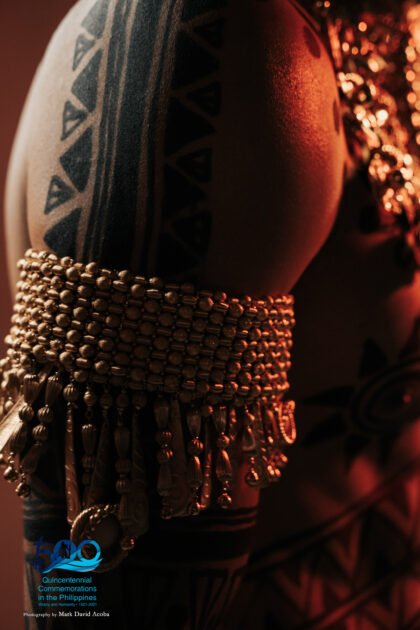
“From the Philippine pre-hispanic gold jewelry, Mindanao loincloth fabric, and body paint, we aimed to commemorate the world our ancestors had, debunking misconceptions that they were savages and uncivilized,” Lanuzo furthered.
Filipinos succeed in passing the ordeals that signify their roles as overseas workers, as modern-day heroes, and as a diaspora. History and culture become apparent as they remember and reclaim their identity. Just like Lapulapu, Filipino workers around the world are honored as heroes who continue to make a huge difference in the development of the country through their hardships.

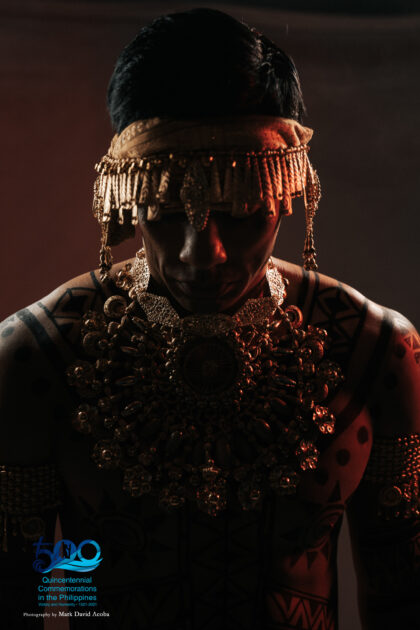
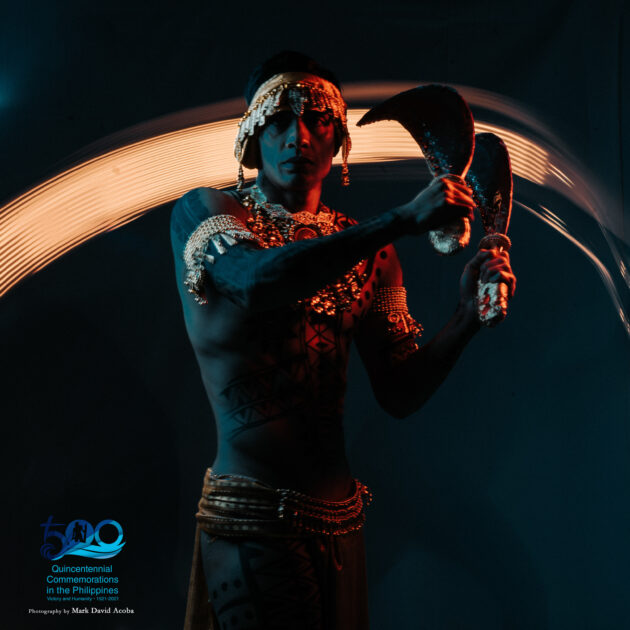

Mye Mulingtapang is a Milan-based Business English teacher. She is also an ABS-CBN Europe News Correspondent.
